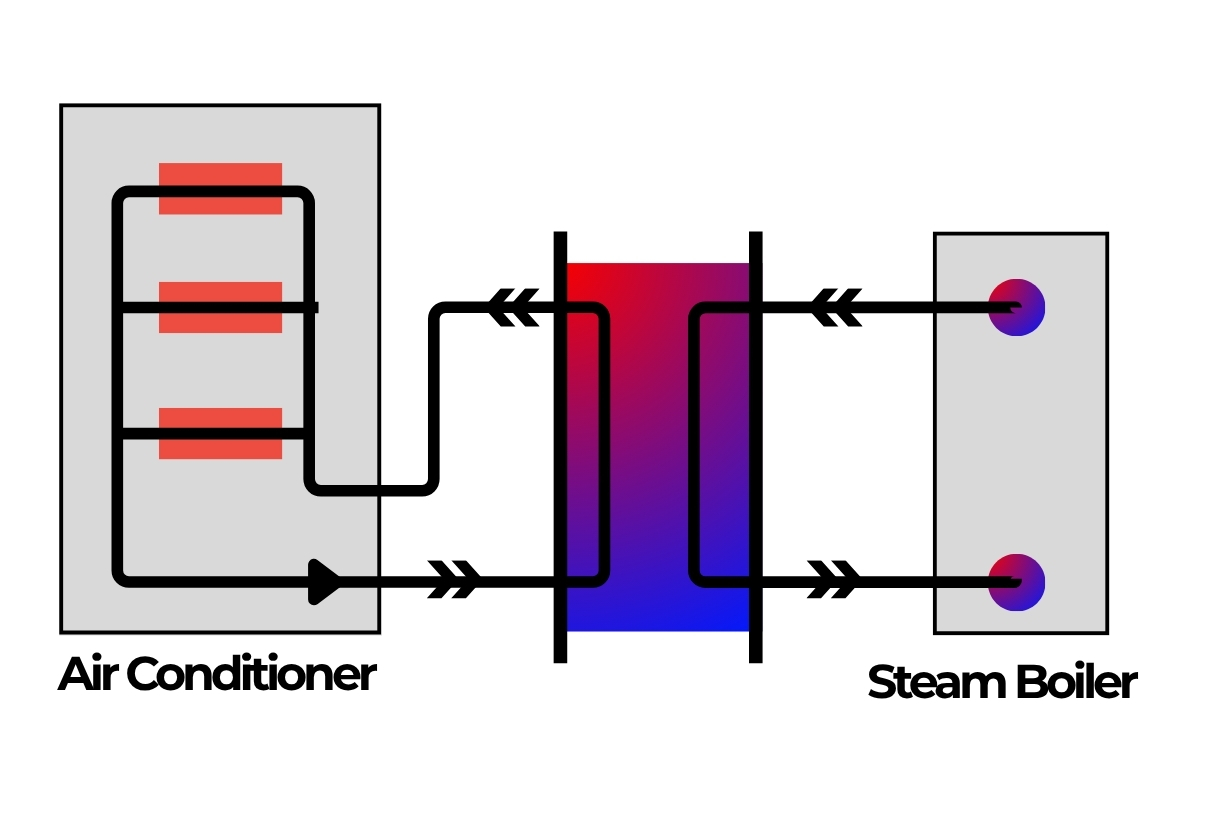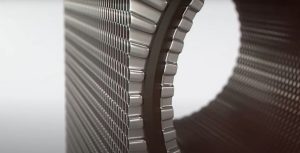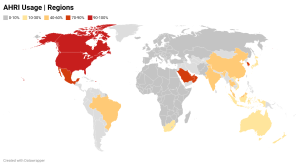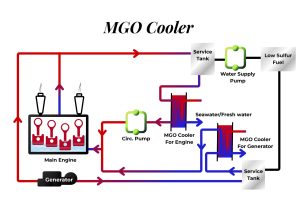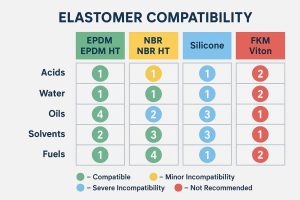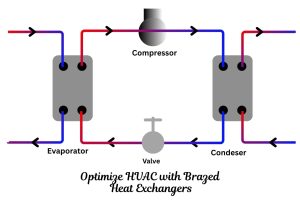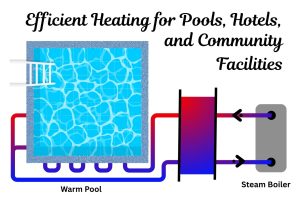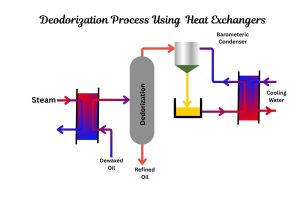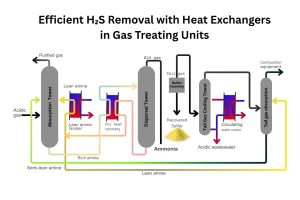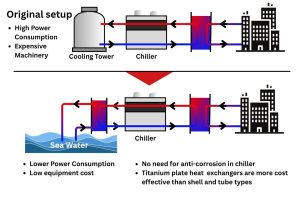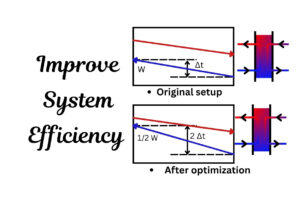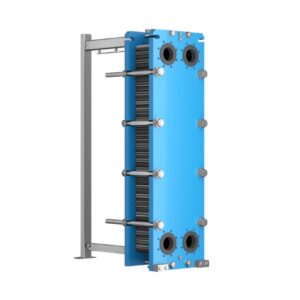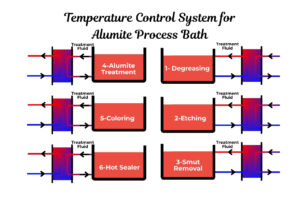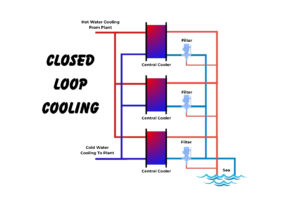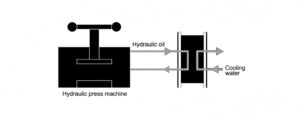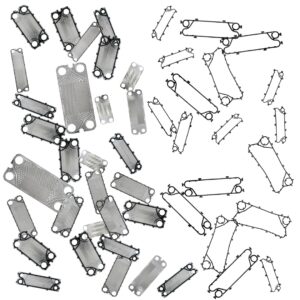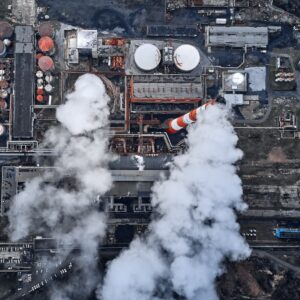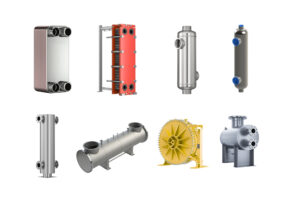Plate Heat Exchanger Technical Data
Plate heat exchangers are the unsung heroes of countless industrial processes, from HVAC systems to food and beverage production. They efficiently transfer thermal energy between two fluids without allowing them to mix. But not all plate heat exchangers are created equal. The right choice depends on a detailed understanding of their technical specifications, which are critical for optimal performance, safety, and longevity. This guide breaks down the key technical data for several popular plate types and their corresponding frame types, giving you the knowledge to make informed decisions.
A Brief History of Thermal Exchange
Before diving into the specifics, it’s worth noting the historical significance of heat transfer technology. The first practical heat exchanger, a shell-and-tube design, was developed in the early 20th century. However, it was the invention of the plate heat exchanger in 1923 by Dr. Richard Plate that revolutionized the field. His design, with its compact footprint and high thermal efficiency, laid the groundwork for the modern units we see today. Since then, continuous innovation has led to a diverse range of plate geometries and materials, each tailored for specific applications.
What Technical Data Truly Matters for a Plate Heat Exchanger?
When selecting a plate heat exchanger, several technical parameters are non-negotiable. These include design pressure, which dictates the unit’s ability to withstand internal stress; physical dimensions, which are crucial for installation and space planning; and connection sizes, which ensure compatibility with existing piping. Understanding these factors is the first step toward accurately sizing a plate heat exchanger for your needs.
Design Pressure and Frame Types: The Safety Factor
Design pressure is perhaps the most critical safety parameter. It specifies the maximum pressure a heat exchanger can handle under normal operating conditions. Our plate heat exchangers, for example, are available in a range of design pressures, which are directly tied to the frame type used. A Frame Type is essentially the structural backbone of the heat exchanger, providing the necessary clamping force to keep the plates sealed.
Let’s look at some examples:
- M6MW (FGR) can handle pressures up to 16 bar, while the FDR frame boosts this to 25 bar.
- The versatile M10BW plate type can operate at 16 bar (REF, FDR frames), 25 bar (FDR frame), and even 30 bar (REF, FDR frames), showing how the frame and plate combination determines the pressure rating.
- For the most demanding applications, the MK15BW can go from 16 bar (FGR) all the way up to 55 bar with the robust FX frame.
- Larger units like the T20BW, T20MW, and MA30W have similar pressure variations. For instance, the T20BW plate can operate at 16 bar with an FG frame or up to 25 bar with an FS frame.
These varying pressure ratings highlight the importance of choosing the correct frame for the job. A higher-pressure application requires a more robust frame to prevent leaks and ensure operational safety.
| M6MW | FGR | 16 bar |
| M6MW | FDR | 25 bar |
| M10BW | REF, FDR | 16 bar |
| M10BW | FDR | 25 bar |
| M10BW | REF, FDR | 30 bar |
| MK15BW | FGR | 16 bar |
| MK15BW | FDR | 25 bar |
| MK15BW | FDR | 30 bar |
| MK15BW | FT | 40 bar |
| MK15BW | FX | 55 bar |
| T20BW | FG | 16 bar |
| T20BW | FS | 25 bar |
| T20MW | FG | 16 bar |
| T20MW | FS | 25 bar |
| MA30W | FG | 16 bar |
| MA30W | FD | 25 bar |
Dimensions: Planning for Installation and Space
Once the pressure rating is determined, the physical dimensions are the next consideration. The size of a plate heat exchanger is critical for fitting it into a plant or system. Our range of heat exchangers offers a variety of sizes to suit different flow rates and space constraints.
- The compact M6MW has a height (H) of 920 mm and a width (W) of just 320 mm.
- At the other end of the spectrum, the massive MA30W stands at a height of 3140 mm with a width of 1170 mm.
- The length (L) of these units is adjustable, depending on the number of plates. For example, the M6MW has a minimum standard length of 555 mm and a maximum of 1605 mm, whereas the MA30W can extend from a minimum of 1625 mm to a maximum of 5820 mm.
This scalability is a key advantage of plate heat exchangers, allowing for easy expansion by adding or removing plates. This also makes it easier to find spare parts or perform maintenance, as the core components are modular.
Connection Distances and Sizes: Ensuring System Compatibility
The final piece of the puzzle is ensuring the heat exchanger can be seamlessly integrated into your existing piping. This requires careful consideration of the connection distances and sizes.
- Vertical connections distance (VC) and horizontal connections distance (HC) are crucial for aligning the unit with your pipework. For example, the M6MW has a VC of 640 mm and an HC of 225 mm, while the larger MA30W has a VC of 1811 mm and an HC of 561 mm.
- Connection sizes are equally important. These range from DN50 for smaller units like the M6MW to DN300 for the high-capacity MA30W. Choosing the correct connection size prevents bottlenecks and ensures the fluid flows efficiently, which is a major factor in determining the overall heat transfer coefficient (U-value).
Understanding these parameters is essential for any industrial application. For instance, in the HVAC industry, getting the dimensions and connections right is critical to save energy for our industry.
Where Does Heating Formula Fit In?
Heating Formula is a leading manufacturer and supplier of plate heat exchangers and compatible spare parts. We offer high-quality alternatives that are fully compatible with many OEM brands, including Alfa Laval, Sondex, APV SPX, Funke, Schmidt, Vicarb, Gea, and Tranter. This means you can get the same performance and reliability without being tied to a single supplier. Whether you need a small unit for a pilot project or a massive heat exchanger for a production line, we can provide a solution that meets your technical specifications.
We also offer specialized resources, such as our heat exchanger calculator, to help you make the right choice. Our services go beyond just providing products; we also offer application guides and manuals to help you understand the essential steps for accurately sizing a plate heat exchanger. For demanding environments, we provide solutions using specialized materials like titanium in heat exchangers or even the superior corrosion resistance of 254 SMO, which is the heat exchanger’s champion for corrosive applications.
Conclusion
Selecting the right plate heat exchanger involves more than just picking a size. It requires a deep understanding of the technical data, including design pressure, dimensions, and connection details. By carefully evaluating these parameters, you can ensure your heat exchanger performs efficiently and safely for years to come. Remember to consider not only the immediate needs but also future trends shaping 2025 and beyond to make a truly future-proof investment. For those needing guidance, our experts are always available to help. What should you know before you buy a heat exchanger? It’s simple: you should know your technical requirements inside and out.
Frequently Asked Questions
1. Why is design pressure so important for a plate heat exchanger?
Design pressure is a critical safety parameter that defines the maximum pressure a unit can safely handle. Exceeding this pressure can lead to leaks, component failure, and even catastrophic accidents. It’s a non-negotiable factor in ensuring operational safety and system integrity.
2. How does the frame type affect the performance of a heat exchanger?
The frame type is the structural component that holds the plates together and provides the necessary clamping force to create a leak-proof seal. A more robust frame type allows for a higher design pressure, enabling the unit to handle more demanding applications. For example, the same plate type may be rated for different pressures depending on whether it uses an FDR or FGR frame.
3. What are the connection sizes (e.g., DN50, DN300) and why do they matter?
Connection sizes, such as DN50 (DN stands for “diameter nominal”) or DN300, refer to the diameter of the piping connections on the heat exchanger. These sizes are crucial for ensuring the heat exchanger is compatible with your existing pipework. Mismatched connection sizes can lead to flow restrictions, increased pressure drop, and reduced efficiency.
4. Can I modify the length of a plate heat exchanger?
Yes, one of the key advantages of plate heat exchangers is their modular design. You can easily modify the length of the unit by adding or removing plates. This allows you to scale the heat transfer capacity up or down as your process needs change, making them highly flexible.
5. How do I know which plate type is right for my application?
Choosing the right plate type depends on several factors, including the type of fluids, flow rates, temperature differences, and required heat transfer capacity. You can use our GPHE selection tool or contact our engineering team for a detailed consultation.
